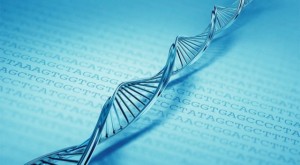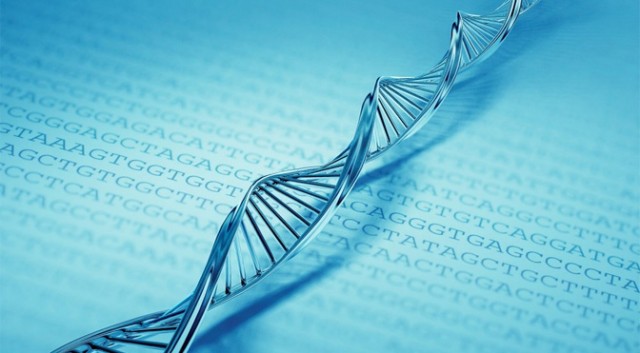One of the more interesting discoveries to come out of the 21st century has to do with the human genome. Through decoding the genome, scientists understand more about the sequence of genes. The result is like an alphabet, such that DNA can store information that can be decoded later for viewing. The process of DNA synthesis might give us some clue as to how this is possible.
If you wanted to store something like Shakespeare’s sonnets, which a team in the UK did, you would need to encode the file using overlapping fragments of DNA. This is similar to how a computer parses code line by line, except code is arranged a certain way by design. DNA uses a sophisticated indexing system in the form of RNA synthesis, which provides a transcript that guides the creation of DNA. That indexing system also makes it so that even fragmented DNA would keep files in-tact.
The bad news is that for the moment, such a system is prohibitively expensive for doing anything outside of proving the concept. Encoding and decoding was a major issue, but scientists are getting better at reading the contents of DNA efficiently.
Supposedly, one gram of DNA would have the ability to hold up to two petabytes of data. That’s data that doesn’t require any kind of power system to maintain.
The future, at least immediately, is most likely devoted to enterprise and government use. DNA would be highly secure in the right circumstances, and the size of the storage device is massive compared to most computer hard drives.
Scientists also have one other major problem: the human body would immediately destroy any data it found on the DNA itself.
Bio: The Midland Certified Reagent Company manufactures over 250 different modified oligos for use in research labs and pharmaceutical companies around the world. DNA and RNA polymers are also available from The Midland Certified Reagent Company.
